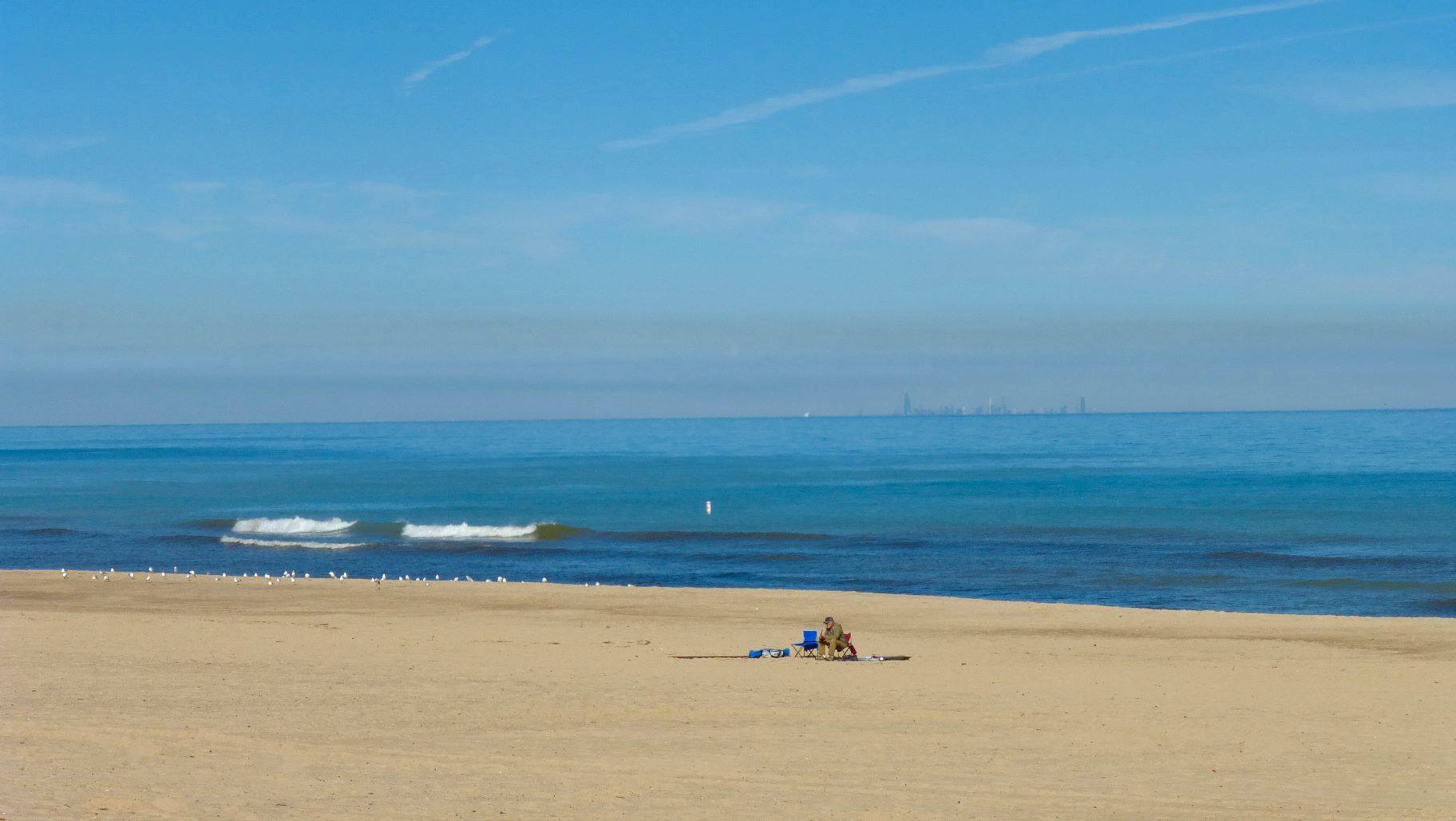-
Posts
3,005 -
Joined
-
Last visited
-
Days Won
60
Content Type
Profiles
Forums
Gallery
Downloads
KL Shop
Blogs
Articles
Everything posted by makatakam
-
Nicely done. Now add some "sacrificial extensions" and you'll be all set. Search "sacrificial" on the home page for info. It's merely four loops of equal length that attach to the handles. You attach the top and bottom leaders to these. The loops will wear and fray with use, but your leaders won't. Much quicker to tie one knot rather than four or seven. You can make them long or short. I make mine about seven inches long so there's something more substantial to grab that's less likely to cut my finger (line cut) when doing catch and throw.
-
You only need one or two knots on the bottom leaders. Having two about 1/4" or 3/8" apart will allow adjustment for flying lines that have become unequal in length. You should have seven or eight knots on the top leaders spaced 1/2", 5/8", or 3/4" apart based on personal preference, which you probably haven't developed yet, so I would recommend 5/8". Search "leaders" on the main page and look at the varieties that are posted, or just spend a couple of bucks and buy a set from John Barresi on this forum. They're very affordable and well-made and worth the savings in time. You will develop your own preferences with time, and they'll be very close to the ones made by the "pro".
-
You're going to regret having waited so long to make the changes. You'll love the results.
-
Nothing to see here. Move along.
-
65 is fine. If you prefer, it can be shortened. Long line, 120', would be fine too, and slow it down a bit and give you a much larger window to fly in. If you can afford it, get both, or a bulk spool to tie your own and save money. 50# is sufficient for a Rev II; it just doesn't pull that hard, and in lighter wind it will have trouble getting the extra weight of 90# line off the ground and its speed will be dramatically reduced.
-
400 feet and 215 feet? Long lines, for sure.
- 27 replies
-
- revolution
- exp
-
(and 1 more)
Tagged with:
-
Hi, and welcome to the forum.
-
-
It's ok. You can never have enough quad-line kites, or dual-line or single for that matter.
-
The "running start" is a few quick steps backwards combined with a good pop or double-pop with the handles. Your standard launch technique won't get it more than just momentarily off the ground. Needs a bit more oomph in that wind range to get above the slower ground wind (in most situations, not all).
-
Many designs. Some do, some don't. None of them do it all. You will soon discover that each kite is a "blend" of the compromises necessary to each design in order to achieve desired performance characteristics. Each change in one facet of the kite's ability affects all other aspects of its performance. You can't get it all in the same package. More of this causes less of that and if there's too little it won't be easy to control.
-
To drop your camera into the ocean? 😃
-
Just give it enough back to imagine it moving backwards and it will. Don't imagine it moving backwards real fast. It won't. Medium speed is the best you can hope for and it takes years to get to that point. If you can fly it backwards for a minute without a bowtie, you've succeeded and will be flying in reverse at maximum medium speed.
-
I paid my $50 fee and received a white Polo shirt with a Revolution logo and the key to open the first video. I had already figured out what it was from hints Joe Hadzicki had given in the promo video for the program and figured out the second also. I looked at the titles for all the levels and realized I had already progressed beyond anything I could learn from Club 38, and because I'm basically very lazy, decided I didn't want to do all that was necessary to get the hatpins for each completed level. I was also disappointed with the quality and competence demonstrated in the videos. To be perfectly blunt, and meaning no disrespect to Joe, but I felt the instructor should be better at what he teaches than his students. Then, when the program became free after I had paid, well, I was even more "disappointed". I would also like to comment here that a spin that does not lose altitude is not technically a "bicycle spin". A bicycle moves sideways, or in some other direction as it spins with the spin in the same direction as the movement of the kite. When the kite is made to spin in the direction opposite the movement of the kite it is called a "moonwalk". A spin that maintains altitude as it spins is just a spin that hovers even though the motion of the hands is similar to pedaling a bicycle.
-
.thumb.jpg.53aabc63a639af8d375b2c92cf2e13f8.jpg)
Flying Dual and Quad at the same time...
makatakam replied to John Barresi's topic in General Sport Kite
I know a guy who can fly 9 SLKs at the same time. -
I find that LPG is the best as far as longevity is concerned. They wear very well. Skybond has great slickness and visiblity, though the yellow color fades quickly. It depends on what you want at the moment. I use both. If I could only have one, I would go with LPG. You will hear the opposite from others. So, if you choose one of these two you'll have chosen well.
-
Congratulations.
-
It's made from PVC. Crazy glue should work fine. The sticky-back velcro will probably work as long as you use enough area to withstand the shear force generated by the drag on the tape and its weight.
-
It may help to mention the kite with which you're trying to do the trick. Some kites are less inclined to do some tricks than others. It would be really frustrating to try to learn using a kite that just won't do it. I don't do any tricking, so I can't help with specifics, but I know that some kites just won't do certain things and it would be helpful for those with experience to know which kite you're using. Perhaps there's a kite in your quiver that would make learning this easier until you get the hang of it and can do it with the ones that resist.
-
Then there's quad-line (four string) kites. An entirely different ball game. Watch this video:
-
I'm in the Chicago area and "Windy City" is, unfortunately, a reference to politics, not wind. We don't get many days of really strong wind, but I have vented kites that are made for that purpose. I find it uncomfortable to fly in wind that is pushing me around, so I avoid anything over 16 mph, or thereabouts. I have kites that can handle wind over 40 mph and have flown in wind over 25 mph three or four times. Over 35 mph, once, for about 5 minutes and then headed for the bar. Don't get me wrong, though. If you enjoy it, go for it. I found it invigorating the first couple of times, but soon realized that my true passion is flying in wind so slow that most kites are grounded. Get the right kite for the wind you'll be flying, as too much pressure in the sail of a kite not designed for it will eventually, if not immediately, destroy the kite or at least cause premature wear.
-
Hi and welcome to the forum. Any questions you have and any outings you want to share are welcome here. Watch some videos on dual and quad line sport kites. You may find a new and exciting experience awaits you. Most of all remember to have fun. That's the primary directive of kite flying.
-
I like popcorn.
-
.thumb.jpg.53aabc63a639af8d375b2c92cf2e13f8.jpg)
HQ Littrle Arrow Flying Lines
makatakam replied to Nigel GF's topic in Adjustments and Modifications
The lines that come with it are good to 8bft. That's 46mph wind. If you can stay on your feet in 46mph wind, would you really want to have all that flying debris hitting the back of your head? I have flown in 40mph wind. For about five minutes. Gave up and headed for the bar. It's a rush and entertaining for about 5 minutes. After that you just want to go inside.



